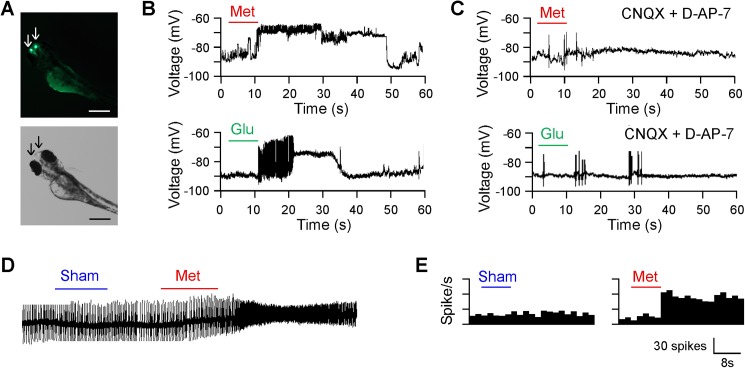Fig 2. Effects of odor or glutamate stimulation on TN activity.
(A) Fluorescent and bright-field images of transgenic zebrafish Tg(GnRH3::GFP). The TNs were identified by the expression of GFP (arrows) and were recorded by patch-clamp methods. Scale bar: 200 μm. (B) Whole-cell patch-clamp recordings of the TN in response to odor (methionine, 1.2 mM applied to the nostril) or glutamate (0.5 mM, applied to the olfactory bulb) stimulation. Note the increase in membrane potential of the TNs in response to odor or glutamate stimulation. In all cases (n = 6), the holding potential was set at -90 mV. (C) Whole-cell patch-clamp recordings of the TNs in response to odor (methionine, 1.2 mM applied to the nostril) or glutamate (0.5 mM, applied to the olfactory bulb) stimulation in zebrafish in which the glutamate receptors were blocked by CNQX or D-AP-7. In response to odor or glutamate stimulation, no obvious changes were detected. In all cases (n = 6), the holding potential was set at -90 mV. (D) Effects of odor stimulation (methionine, 1.2 mM applied to the nostril) on spontaneous firing of the TN neuron. Note the increase of the firing in response to odor stimulation. Sham stimulation (with distilled water) produced no effect on the firing rate of the TN neuron. The experiments were performed using different TN neurons (n = 6). (E) Histograms of the firing of the TNs (n = 6) in response to sham (distilled water) or odor stimulation (methionine, 1.2 mM; applied to the nostril). Note the increase of the firing in response to odor stimulation.

